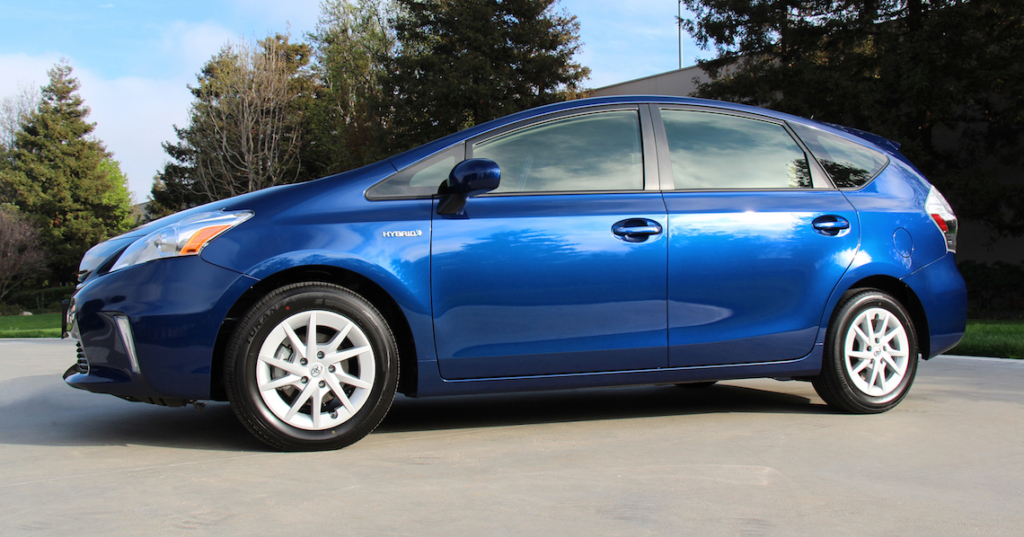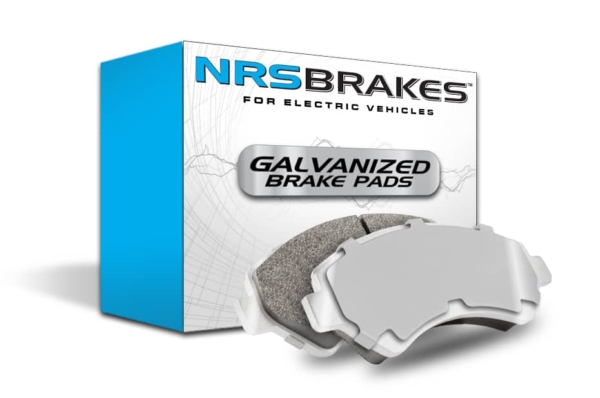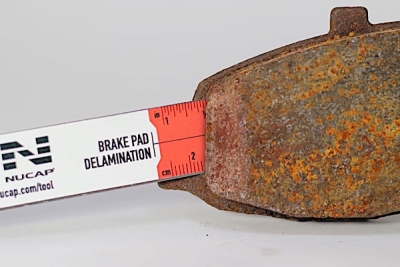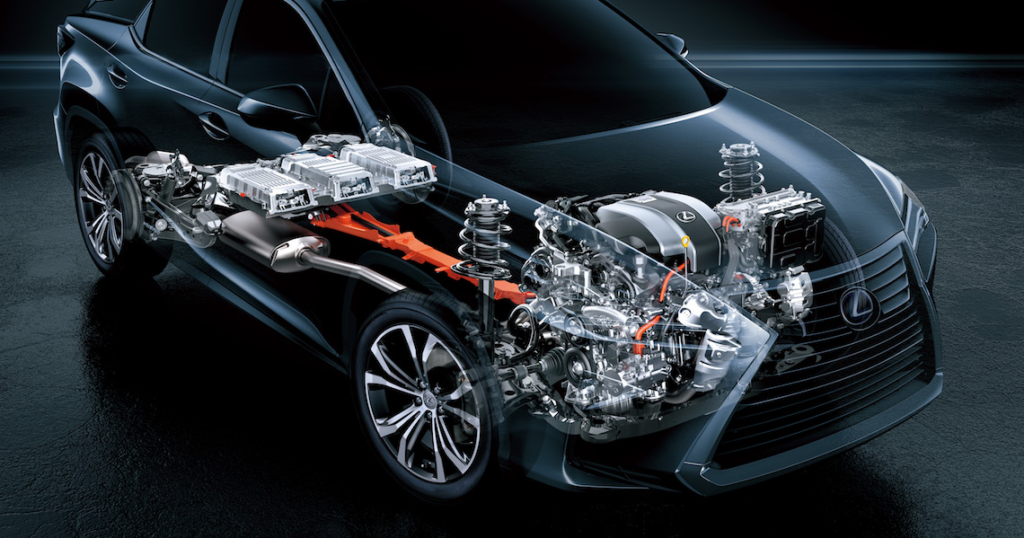Toyota’s Synergy Drive has been used in the Prius, Camry and offered on almost all Lexus models since 2006. Below are some tips when performing a brake job on these Toyota/Lexus hybrids.
Replacement Pads
 Toyota hybrids often get to 70,000 or 100,000 miles with the original set of pads because regenerative braking creates a majority of the braking force. In some rust belt states, corrosion will cause brake problems long before all the pads reach their minimum wear specification. Manufacturers like NRS Brakes are introducing lines for hybrid and electric vehicles designed to withstand harsh environments and corrosion. The NRS Brakes For Electric Vehicles D1354 fits many rear brake pad applications of Toyota hybrids.
Toyota hybrids often get to 70,000 or 100,000 miles with the original set of pads because regenerative braking creates a majority of the braking force. In some rust belt states, corrosion will cause brake problems long before all the pads reach their minimum wear specification. Manufacturers like NRS Brakes are introducing lines for hybrid and electric vehicles designed to withstand harsh environments and corrosion. The NRS Brakes For Electric Vehicles D1354 fits many rear brake pad applications of Toyota hybrids.
Pad delamination due to rust jacking on the backing plates can occur if a high-quality pad is not used. Why? The majority of the time, the pads never reach average operating temperatures, which can cause corrosion to occur between the backing plate and friction material because the pads never dried out.
External coatings like paint only work if they are attached and stay attached for the 70,000-100,000 or more miles. The more resistant the outer layer is to heat, mechanical and chemical damage, the lower the chance of corrosion. Galvanized brake pads for hybrid and electric brake pads offer long-term corrosion protection. Galvanization is performed before the friction material is attached to the backing plate. By galvanizing the surface between the backing plate and friction material, the possibility of corrosion that can cause edge lift and delamination is potentially reduced.
 Mechanical attachment of the friction material to the backing plate is another long-long term solution for preventing corrosion that can lead to delamination of the friction material. Mechanical attachment can create a long-lasting bond that does not degrade like glues and adhesives.
Mechanical attachment of the friction material to the backing plate is another long-long term solution for preventing corrosion that can lead to delamination of the friction material. Mechanical attachment can create a long-lasting bond that does not degrade like glues and adhesives.
Low Pedal Problems
A low pedal does not mean low brake pads on Toyota/Lexus hybrids. The system is not a full-time, brake-by-wire system. When the driver is pushing on the brake pedal, it might not be producing hydraulic braking force because the system is measuring the stroke and pressure generated at the brake pedal and translating that into braking force created by a generator. This is done with a “stroke simulator.” If there is a low brake pedal or the customer complains that the pedal doesn’t feel the same, diagnose the problem before replacing the pads or rotors.
Rotors & Codes
There is nothing special about servicing the rotors on this vehicle, but if you are planning to use an on-the-car brake lathe, make sure the system is off for two minutes with the doors closed. Most on-the-car brake lathes operate well below the speed threshold of the generator’s ability to generate voltage.
Rotors that have excessive runout or thickness variation can cause hydraulic pulsations in the brake circuit. These irregularities can cause the pressure sensor to trigger trouble codes C1341 thru C1344 that indicate a hydraulic circuit malfunction.
When working on vehicles with advanced ABS and stability control systems, it’s a good practice to remove the keys from the vehicle and place in a different room, like at the front counter, until you know how the system operates.
ABS Light On After Pad Replacement
If the ABS light did come on during the test drive, disconnecting the battery is not the way to clear the codes. Yes, it will clear some codes, but you will have to recalibrate the steering position sensor, and other items, like the automatic power windows, will stop functioning.
During the test drive, the pressure sensors at the wheel detected an abnormal reading when the hydraulic system was first engaged. The system may have detected low pressure when extra fluid was required to bring the piston into contact with the rotor, or residual pressure from you pushing the piston back. DTCs may be stored if brake fluid leaks, a wheel cylinder vibrates due to uneven wear of the brake disc rotor, or foreign matter entering the solenoid valve.
Toyota has issued a Technical Service Bulletin (BR012-06) on the topic. It states: “When replacing the brake pads on an ECB (Electronically Controlled Brake) system-equipped vehicle, retracting the caliper’s piston and installing new brake pads may cause trouble codes to set the next time the brake pedal is depressed.”
If any of the following four trouble codes are set, all the codes need to be cleared and another test drive completed to verify the code has been cleared:
• C1341 Front Hydraulic System RH Malfunction
• C1342 Front Hydraulic System LH Malfunction
• C1343 Rear Hydraulic System RH Malfunction
• C1344 Rear Hydraulic System LH Malfunction
If you don’t have a scan tool, it is possible to clear the codes.
